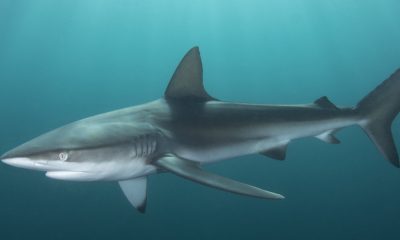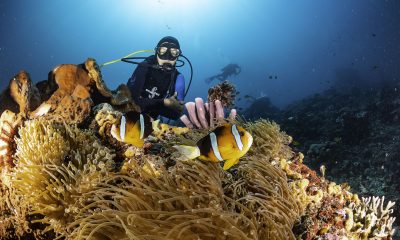News
Ghiannis D, Part 1- Atmospheric Interiors
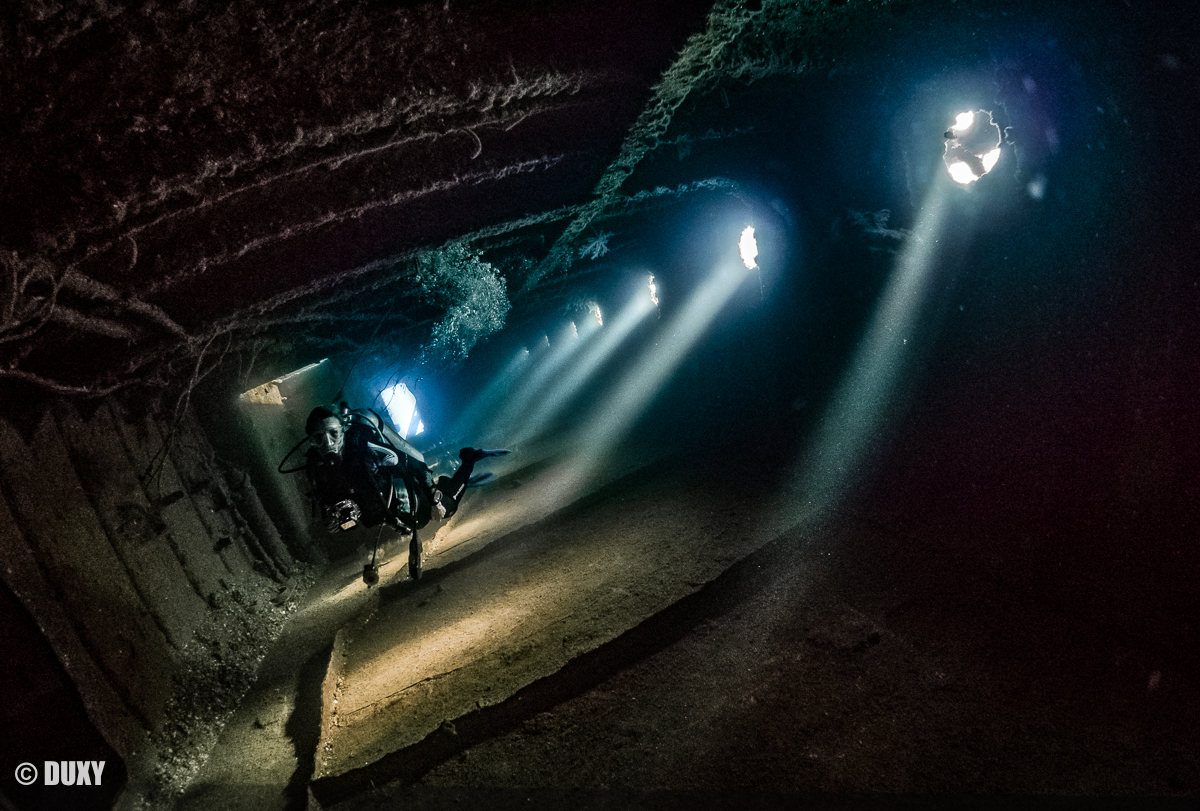
This is a two-parter I’ve decided to do on the Ghiannis D, a popular Red Sea dive site for all, at Abu Nuhas. She is part of the usual itineraries for Scuba Travel’s Wrecks and Reefs tour and also the more specific Wreck itineraries.
She tends on the regular trips to be dived as the first dive of the day, but photographically I much prefer the way the light falls on her from midday until the afternoon. So we normally dive the Chrisoula K as our first dive, and then dive the Ghiannis D as second and often again as our third dive to shoot the exterior.
The second dive of the day at Abu Nuhas I like to leave a little late around 11.30ish and this way more overhead sunlight is coming through the portholes and entrances making interior shots more interesting. And this also usually means that we will get her to ourselves as the other boats are usually finished their second dives, and we are out of sequence.
Working with regular guides that know me and how I like to plan the day is an absolute Godsend, and this I find is one of the key differences between a normal trip and a photo week, this ability to move the itinerary around with the compliance of the crews.
Speaking of crews, our skipper Amer on Mistral will always try and get us the best spot closest to the wrecks and usually in the channel; this also means we are in prime position for those folk night diving as this is the best part of the reef for this too. With the added bonus that we don’t require an arduous long rib journey, usually only being a few minutes from our drop.
Normally after the dive briefing I will say a few words and give some hints and tips on getting the best shots, and being the second dive I mention about the technicalities of shooting the inside. The Ghiannis D is large enough to easily stagger the groups so as not to all be inside at once.
I will always defer to any of the group who wants to get in the first rib going, in fact I nearly always get in the last rib – this allows me time to offer any last minute advice needed, but I also prefer letting the group get their shots before me.
This is also a little sneaky of me too, as how often do you hear photographers wanting to get inside a wreck or a cave system before everyone else? Lots I bet; their reasoning is usually to get shots before everyone else has stirred all the muck up.
Actually I don’t mind going in after the crowds have caused a sandstorm, as it usually only needs five minutes or so to settle down, and I find that if you are going for impressive shafts of sunlight then a little suspended particulate only adds to the drama.
This shot below was taken with my buddy on that dive Jo, and we’d already had a brief chat about this particular scene inside the Ghiannis, normally entered from within an exit in the engine room; but I’d decided to do it in reverse, another reason to make sure everyone else had left.

The Ghiannis D is lying at an angle of around 30 degrees or so which is quite disorientating the first time you dive her – the trick is to watch your buddy’s bubbles.
I had to shoot at a very high ISO of 1600 which, even though my micro four thirds sensor is very good, will result in quite a lot of grain and noise.
This resulted in me shooting at 1/30 sec and at an aperture of f5.6 for those geeks among you. I don’t actually mind a bit of noise, and in fact for some shots I think, in particular wrecks, it adds to the atmosphere.
I also did an alternative black and white split toned edit, which is something I will look at more closely in a future blog so keep checking back. For now though here is that particular edit.

This was my more moody black and white and split toned version. I think that wreck architecture works well in monochrome, reducing things to their basic compositional elements.
After Jo and I had finished taking our pictures we exited this area through the doorway just hidden in the left hand corner of the shot. This is the engine room and is on a couple of levels; there is shots to be had of the engine itself, but to be honest I am more interested in the view looking up towards a skylight, looking through some gantries.
There is usually some marine life in the form of a school of resident Hatchet fish; I knew that their moving around wouldn’t be suitable for me to be shooting on slow shutter speeds, so I opted to light with a combination of available light and strobes.
This was the best angle I shot, with the Hatchet Fish nicely grouped in the foreground leading upwards in a column towards the skylight, and I was aware that I needed to get a move on as I didn’t want to block the hatch for Jo who was hot on my heels.
Inside the engine room presented a couple of challenges. I still needed a relatively high ISO – in this case 640 – but the Hatchet Fish only needed a little light to illuminate their reflective bodies. I settled on 1/30 at f5.6 just like the previous shot, but only used a little flash power to light up the ones in the foreground, and hopefully letting the skylight and the ISO of 640 be sufficient to light the rest.
Come back to Scubaverse.com for Part 2 on Friday where I look at getting some shots of the exterior with both natural and strobe light.
[hr style=”single”]
 Duxy is the in house photo-pro for UK-based dive tour operator Scuba Travel. To find out about availability on Scuba Travel’s underwater photography workshops hosted by Duxy click here.
Duxy is the in house photo-pro for UK-based dive tour operator Scuba Travel. To find out about availability on Scuba Travel’s underwater photography workshops hosted by Duxy click here.
Gear News
Scubapro Free Octopus Promotion 2024
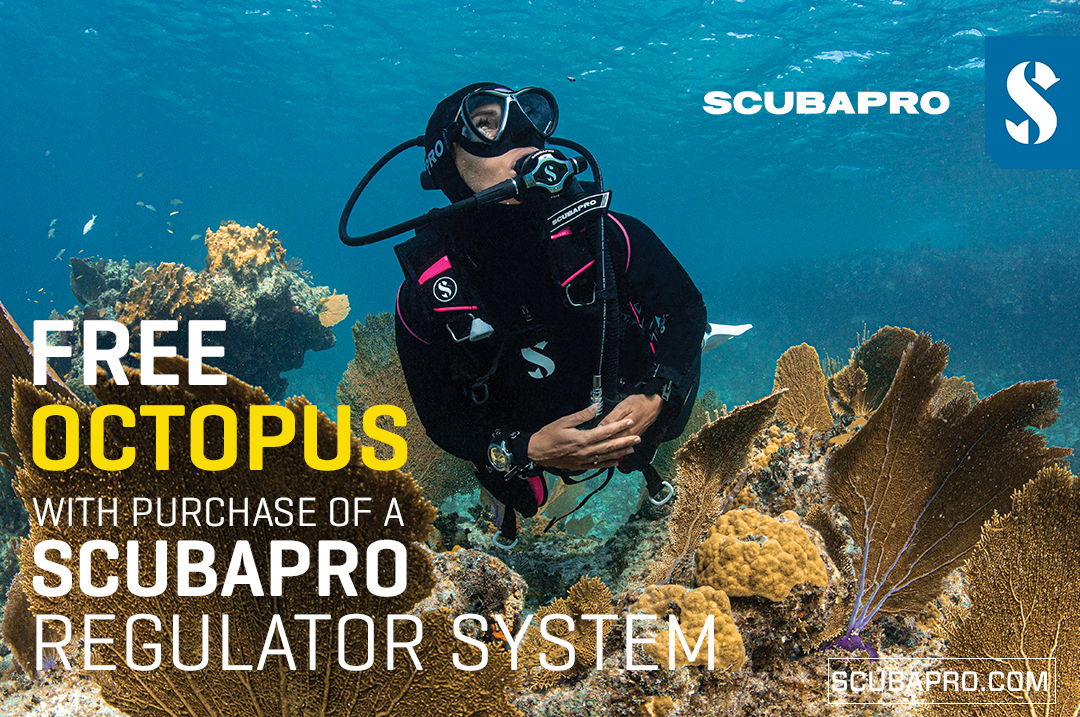
Free Octopus with every purchase of a SCUBAPRO regulator system
Just in time for the spring season, divers can save money with the FREE OCTOPUS SPRING PROMOTION! Until July 31st SCUBAPRO offers an Octopus for free
with every purchase of a regulator system!
Get a free S270 OCTOPUS with purchase of these combinations:
MK25 EVO or MK19 EVO with A700
MK25 EVO or MK19 EVO with S620Ti
MK25 EVO or MK19 EVO with D420
MK25 EVO Din mit S620Ti-X
Get a free R105 OCTOPUS with purchase of the following combinations:
MK25 EVO or MK19 EVO with G260
MK25 EVO or MK17 EVO with S600
SCUBAPRO offers a 30-year first owner warranty on all regulators, with a revision period of two years or 100 dives. All SCUBAPRO regulators are of course certified according to the new European test standard EN250-2014.
Available at participating SCUBAPRO dealers. Promotion may not be available in all regions. Find an authorized SCUBAPRO Dealer at scubapro.com.
More information available on www.scubapro.com.
Blogs
Northern Red Sea Reefs and Wrecks Trip Report, Part 3: The Mighty Thistlegorm

Jake Davies boards Ghazala Explorer for an unforgettable Red Sea diving experience…
Overnight, the wind picked up, making the planned morning dive a bit bumpy on the Zodiacs to the drop point on Thomas Reef. There, we would dive along the reef before descending through the canyon and then passing under the arch before ascending the wall with a gentle drift. The site provided great encounters with more pelagic species, including shoals of large barracuda, tuna, and bigeye trevally.
Once back on the boat, it was time to get everything tied down again as we would head back south. This time, with the wind behind us, heading to Ras Mohammed to dive Jackfish Alley for another great gentle drift wall dive before then heading up the coast towards the Gulf of Suez to moor up at the wreck of the Thistlegorm. This being the highlight wreck dive of the trip and for many onboard, including myself, it was the first time diving this iconic wreck. I had heard so much about the wreck from friends, and globally, this is a must on any diver’s list. Fortunately for us, there was only one other boat at the site, which was a rarity. A great briefing was delivered by Ahmed, who provided a detailed background about the wreck’s history along with all the required safety information as the currents and visibility at the site can be variable.
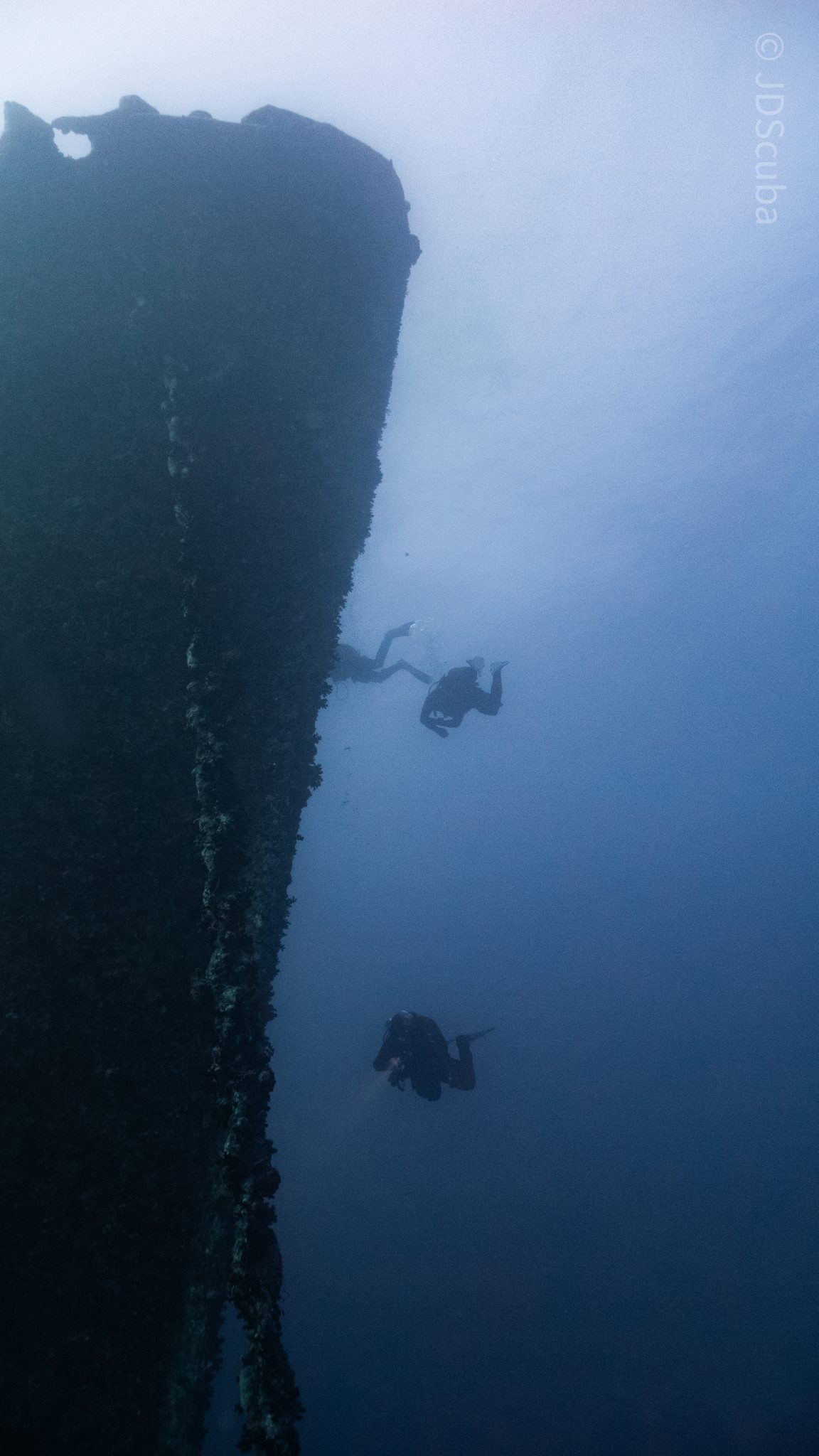
Kitting up, there was a lot of excitement on deck before entering the water and heading down the shoreline. Descending to the wreck, there was a light northerly current which reduced the visibility, making it feel more like the conditions that can be found off the Welsh coast. At 10m from the bottom, the outline of the wreck appeared as we reached the area of the wreck which had been bombed, as our mooring line was attached to part of the propeller shaft. Arriving on deck, instantly everywhere you looked there were many of the supplies which the ship was carrying, including Bren Carrier tanks and projectiles that instantly stood out.
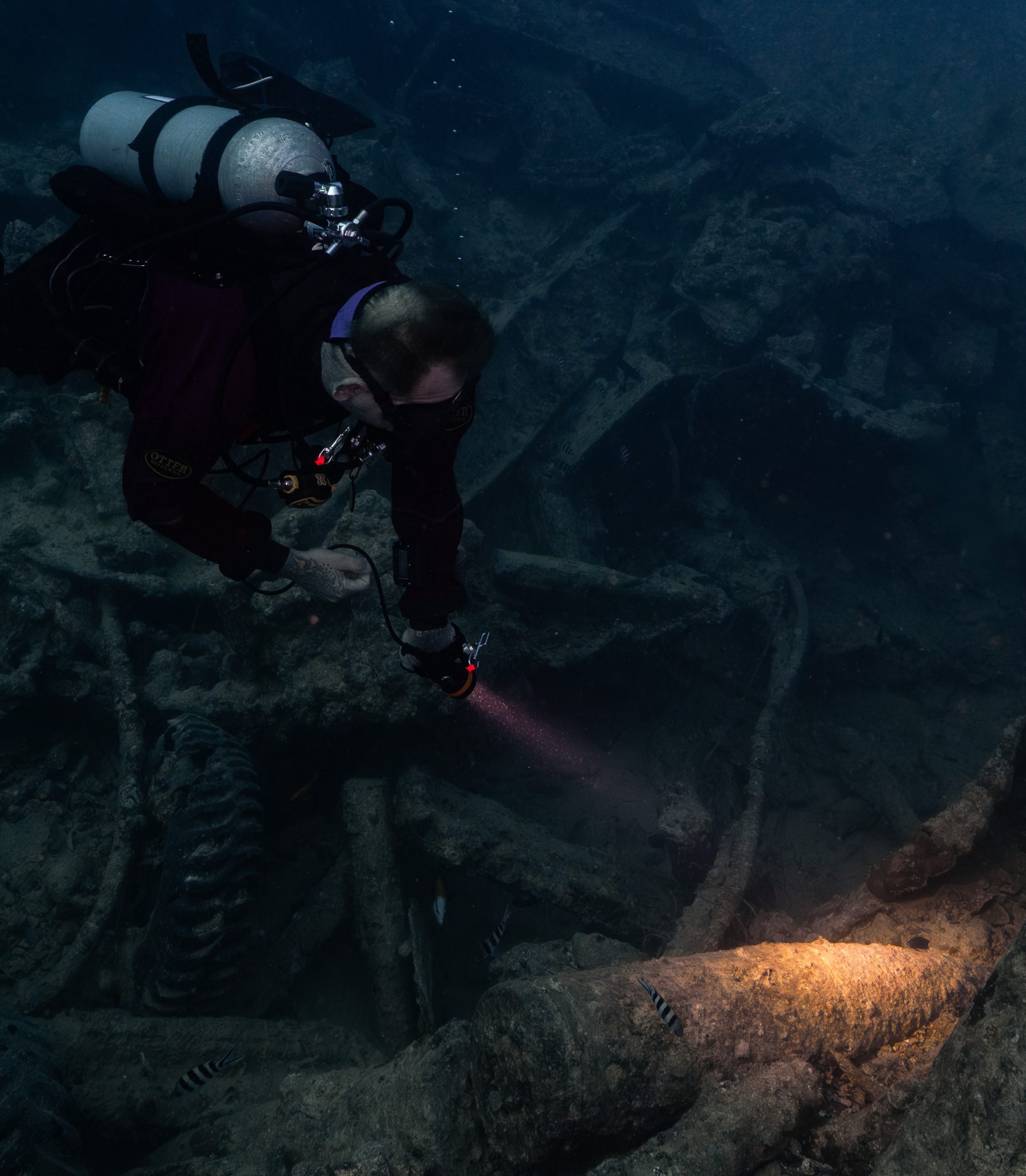
We headed around the exterior, taking a look at the large propeller and guns mounted on deck before entering the wreck on the port side to take a look in the holds. It was incredible to see all the trucks, Norton 16H, and BSA motorcycles still perfectly stacked within, providing a real snapshot in time.
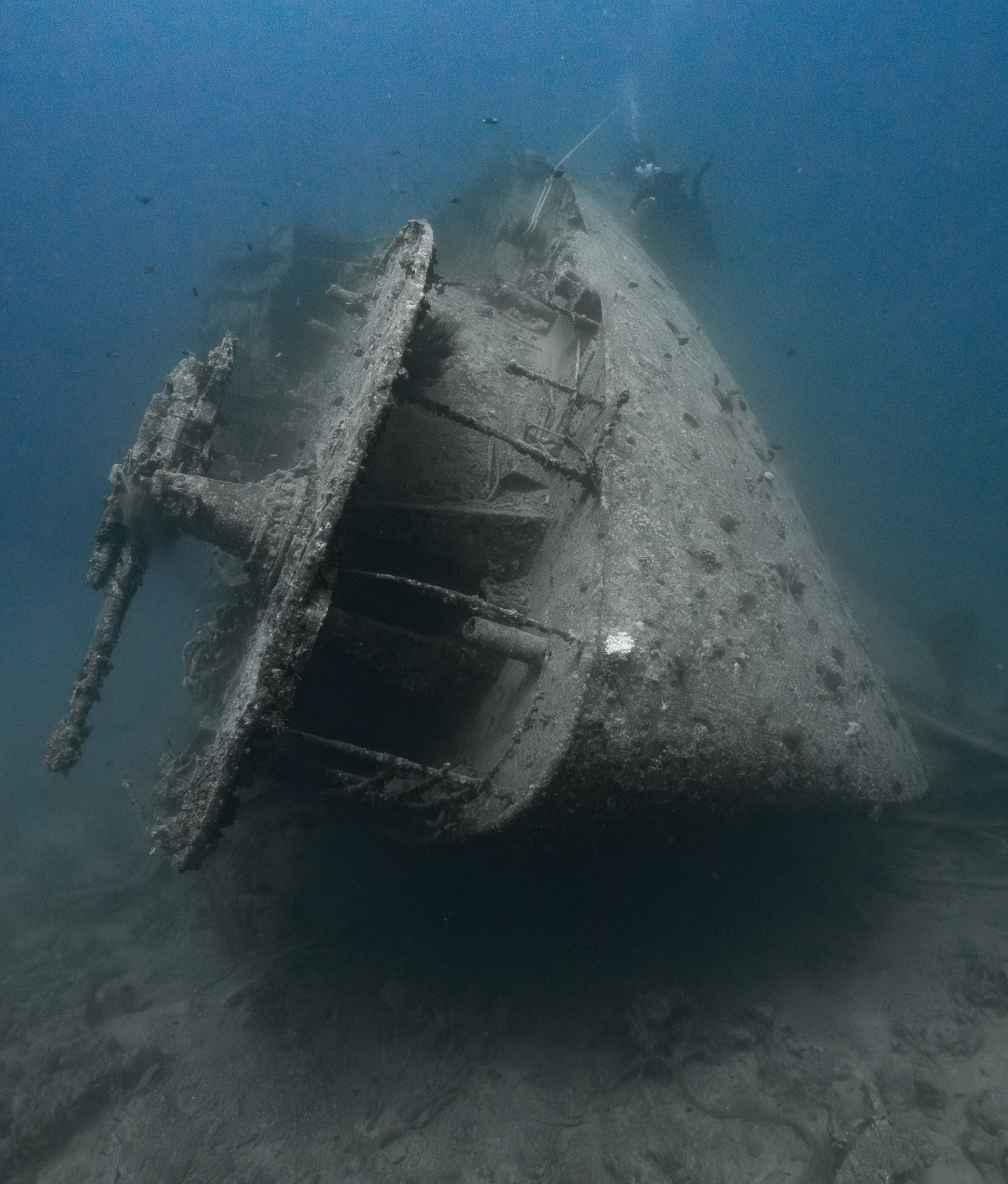
Overall, we had four dives on the Thistlegorm, where for all of the dives we were the only group in the water, and at times, there were just three of us on the whole wreck, which made it even more special, especially knowing that most days the wreck has hundreds of divers. Along with the history of the wreck, there was plenty of marine life on the wreck and around, from big green turtles to batfish, along with shoals of mackerel being hunted by trevally. Some unforgettable dives.

The final leg of the trip saw us cross back over the Suez Canal to the Gobal Islands where we planned to stay the night and do three dives at the Dolphin House for the potential of sharing the dive with dolphins. The site, which included a channel that was teeming with reef fish, especially large numbers of goatfish that swam in large shoals along the edge of the reef. These were nice relaxing dives to end the week. Unfortunately, the dolphins didn’t show up, which was okay as like all marine life they are difficult to predict and you can’t guarantee what’s going to be seen. With the last dive complete, we headed back to port for the final night where it was time to clean all the kit and pack before the departure flight the next day.

The whole week from start to finish on Ghazala Explorer was amazing; the boat had all the facilities you need for a comfortable week aboard. The crew were always there to help throughout the day and the chefs providing top quality food which was required after every dive. The itinerary providing some of the best diving with a nice mixture of wreck and reef dives. I would recommend the trip to anyone, whether it’s your first Red Sea liveaboard in the Red Sea or you’re revisiting. Hopefully, it’s not too long before I head back to explore more of the Red Sea onboard Ghazala Explorer.
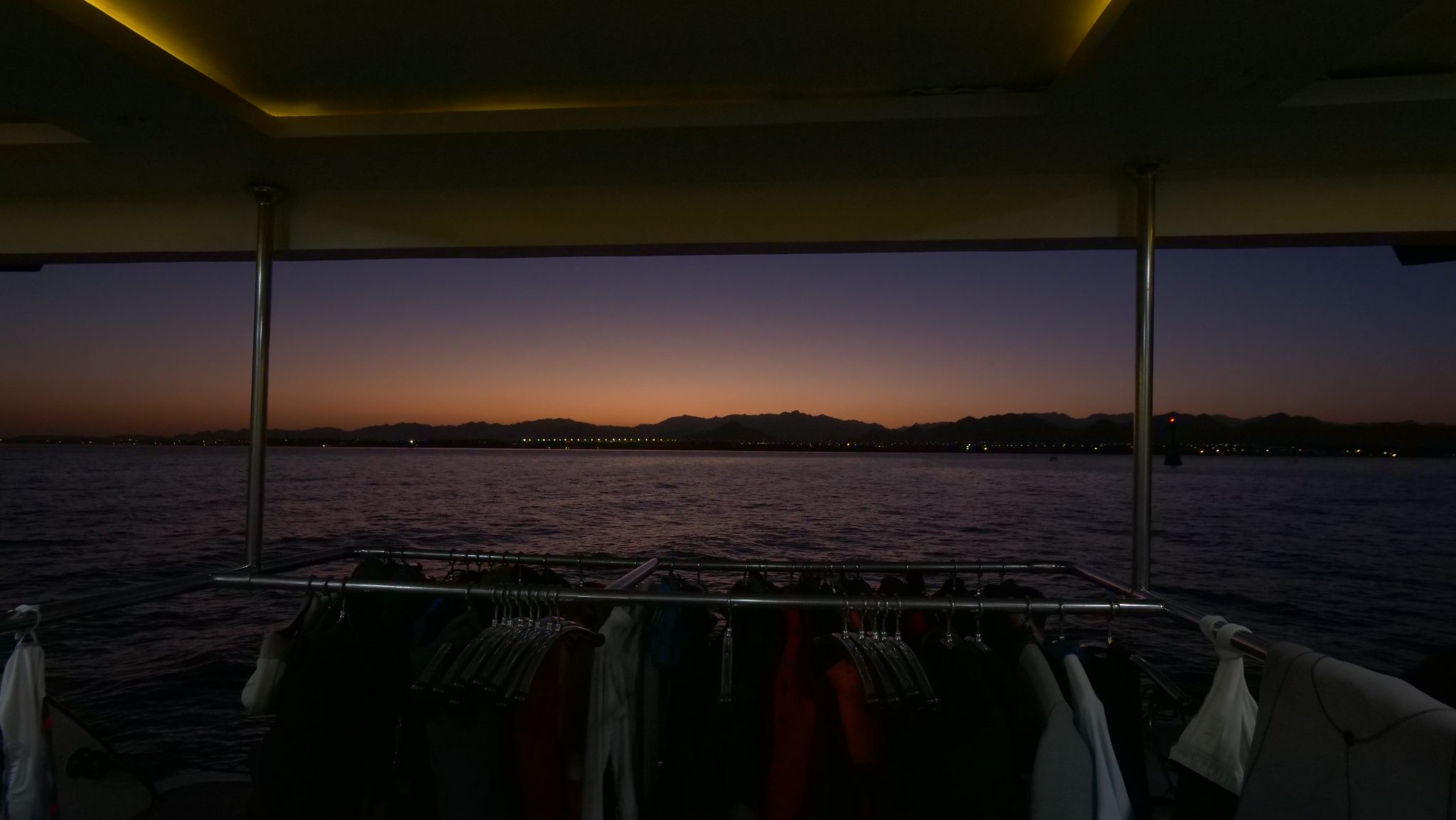
To find out more about the Northern Red Sea reef and wrecks itineraries aboard Ghazala Explorer, or to book, contact Scuba Travel now:
Email: dive@scubatravel.com
Tel: +44 (0)1483 411590
Photos: Jake Davies / Avalon.Red
-

 News3 months ago
News3 months agoHone your underwater photography skills with Alphamarine Photography at Red Sea Diving Safari in March
-

 News3 months ago
News3 months agoCapturing Critters in Lembeh Underwater Photography Workshop 2024: Event Roundup
-

 Marine Life & Conservation Blogs2 months ago
Marine Life & Conservation Blogs2 months agoCreature Feature: Swell Sharks
-

 Blogs2 months ago
Blogs2 months agoMurex Resorts: Passport to Paradise!
-

 Blogs2 months ago
Blogs2 months agoDiver Discovering Whale Skeletons Beneath Ice Judged World’s Best Underwater Photograph
-

 Gear Reviews3 months ago
Gear Reviews3 months agoGear Review: Oceanic+ Dive Housing for iPhone
-

 Marine Life & Conservation2 months ago
Marine Life & Conservation2 months agoSave the Manatee Club launches brand new webcams at Silver Springs State Park, Florida
-

 News3 months ago
News3 months agoWorld’s Best Underwater Photographers Unveil Breathtaking Images at World Shootout 2023










